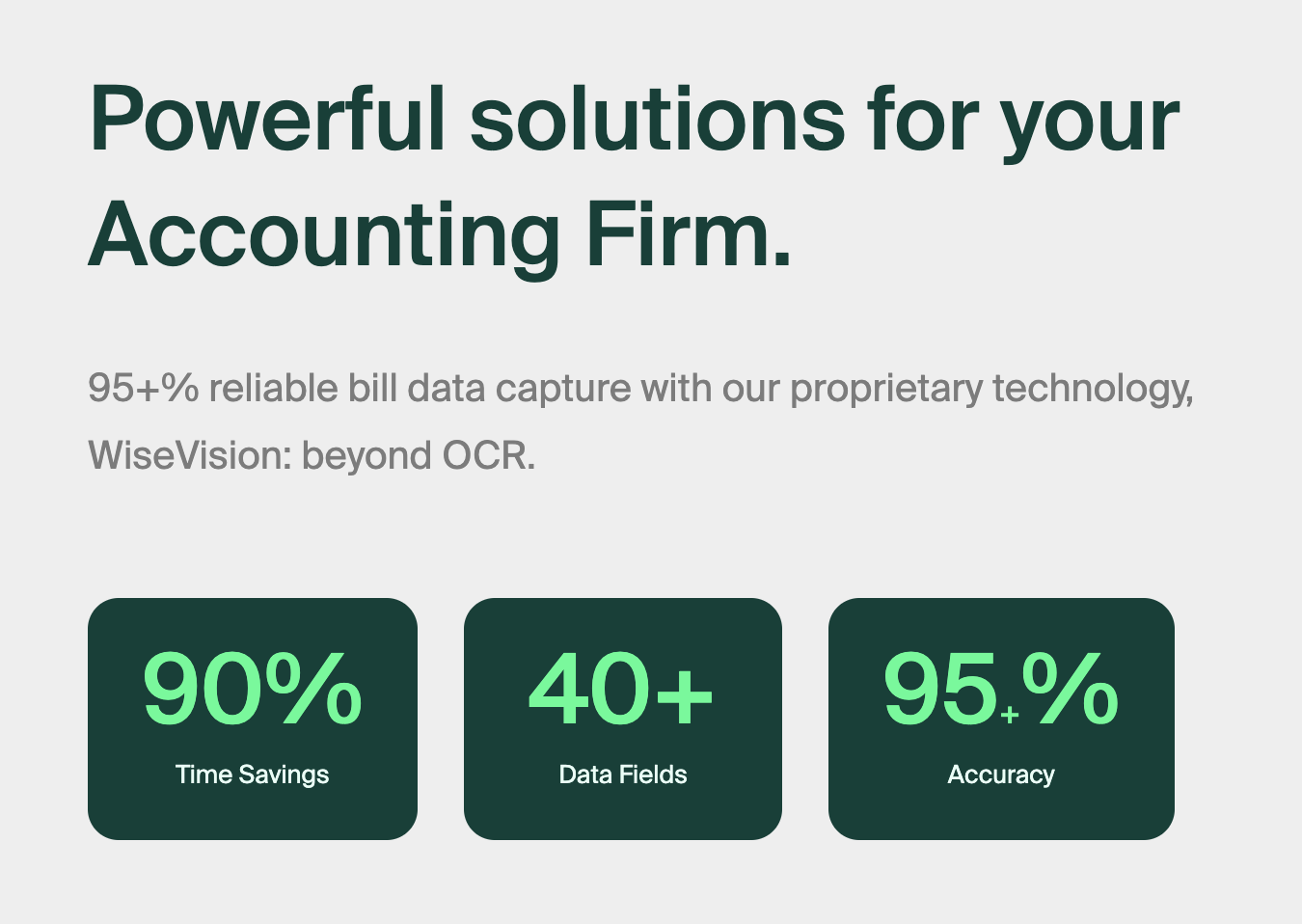
.svg) Try now for Free
Try now for FreeMakersHub automates and simplifies accounts payable (AP) for businesses with complex operations and high payment volumes. Our solution streamlines bill capture, coding, approval routing, and payment processing, giving finance teams real-time visibility into project costs and cash flow. Learn more today.


Client expectations are rising while talent capacity is tight. Accounting firm automation gives you a practical path to scale without sacrificing quality or control. The highest leverage place to start is accounts payable. AP touches every vendor, every location, and every client engagement. If it is slow or error-prone, you feel it in cash flow, audits, and client satisfaction.
MakersHub is the AP automation platform built for multi-client accounting environments. It captures line items from any bill format, routes approvals with context, and syncs clean data to your accounting system in real time. Firms cut processing time, reduce risk, and open room for higher-margin advisory work.
What you will learn in this guide:
Firms cannot hire their way out of manual work. Time spent keying invoices is time not spent on client advisory, KPI reviews, or expansion into premium CAS offerings.
You serve nonprofits, construction, hospitality, professional services, and more. Each client has different vendors, approval chains, and coding rules. Generic tools that only speed up intake create new bottlenecks during coding, approvals, and payment.
Manual entry and email approvals invite errors and create weak trails. Firms need a central system that logs who did what and when, captures discounts and terms, flags duplicates, and preserves a clean record.
Your accounting file is the ledger of record. Any automation must respect it. Real two-way sync means data is updated once and reflected everywhere. No double entry. No reconciliation gymnastics.
Use this five-part model across your client portfolio. It scales from a 10-invoice startup to a multi-entity construction client with thousands of bills.
With MakersHub: WiseVision reads every bill down to SKU and quantity. Auto-mapping applies the correct GL, item, location, class, and job.
With MakersHub: Approvers receive one-click actions by email or in app. Approvals are recorded with timestamps and visible in the bill view.
With MakersHub: Deep two-way sync with QuickBooks Online and Desktop. Sage Intacct two-way sync is also available for complex mid-market workflows.
With MakersHub: Net terms extraction identifies discount windows automatically. Check images and timestamps are visible for audit.
With MakersHub: Toggle sequential approvals when strict order is required. Use @mentions and attachments for quick resolution inside the bill.
A clean integration should:
With MakersHub: Two-way sync keeps QuickBooks aligned. The ledger file remains your source of truth while automation removes the manual drag.
Week 1: Foundations
Week 2: Approvals and payments
Week 3 to 4: Expand and standardize
Change management tips
Paseo Advisors
Outcome highlights: 80 percent reduction in AP processing time. 200 to 250 invoices per cycle without adding headcount.
The MakersHub approach: AI data capture, client-specific approvals, and real-time QuickBooks sync. Trackable vendor payments that reduce friction.
Result: From about 12 hours to about 2.5 hours per AP session. One-hour onboarding for new clients. Faster, confirmed payments that improve satisfaction.
See details: Read the Paseo Advisors case study →
Zoar Finance
Outcome highlights: 10x improvement in AP data accuracy. 5 to 10 hours saved per client per month.
The MakersHub approach: Vendor-aware extraction, auto-coding to the right GL, routing by vendor, amount, or entity. Duplicate detection and fraud flags.
Result: Stronger accuracy for multi-location and grant-funded clients. Better audit readiness and lower risk.
See details: Read the Zoar Finance case study →
Sound Numbers
Outcome highlights: Faster cycles, tighter fraud prevention, and central AP for restaurant clients.
The MakersHub approach: Central inbox, deep line-item capture that supports food cost control, secure ACH and checks with traceability, two-way sync.
Result: Fewer errors and less fraud exposure. Leaders focus on outcomes, not clerical work.
See details: Read the Sound Numbers case study →
One workspace, many clients. Centralize AP while preserving clean boundaries per client.
Role-based permissions. Firms control access by role and by client.
Client-specific workflows. Build rules for vendors, projects, departments, or entities.
Approvals anywhere. Field managers approve by email. Partners retain final say on payment release.
Vendor compliance. Require W-9 collection before first payment with automated requests and tracking.
Search and reporting. Find any bill or payment in seconds and export summaries for client reviews.
Two-way sync. Keep the ledger perfectly aligned.
Explore plans: Link to pricing
Talk to an AP expert: Link to book a live demo now
Use this list during vendor evaluations.
What is accounting firm automation in AP?
It is the use of software to capture bills, code line items, route approvals, and execute payments with full traceability. The goal is higher accuracy, less manual work, and better cash control across clients.
Do I need to change how my clients work today?
No. Start by centralizing intake and approvals. Keep existing GL structures and projects. Good automation adapts to each client’s workflow.
How quickly can a firm see value?
Many teams see measurable time savings within the first 30 days once vendor mappings and approval paths are live.
Can I maintain strict control over payments?
Yes. Separate bill approval from payment authorization. Set thresholds, require multi-step authorization, and release payments only when policies are met.
How does this help with audits and fraud prevention?
Automation creates a complete trail of who approved what and when, flags duplicates, and enforces vendor compliance steps like W-9 collection before first payment.
Does MakersHub work with QuickBooks Online and Desktop?
Yes. MakersHub maintains a deep two-way sync so your accounting file remains the source of truth.
How does this scale across a CAS portfolio?
Firms manage AP for many clients in one workspace with clean segregation, role-based access, standardized processes, and client-specific rules.
Accounting firm automation unlocks capacity, control, and client trust. If you want to reduce manual AP work, accelerate close, and level up your service mix, it starts with clean data and firm-grade approvals. Book your live demo now to see it in action.

Become a MakersHub Accounting Partner and unlock a world of efficiency and innovation, elevating your accounting services to new heights with our cutting-edge solution.